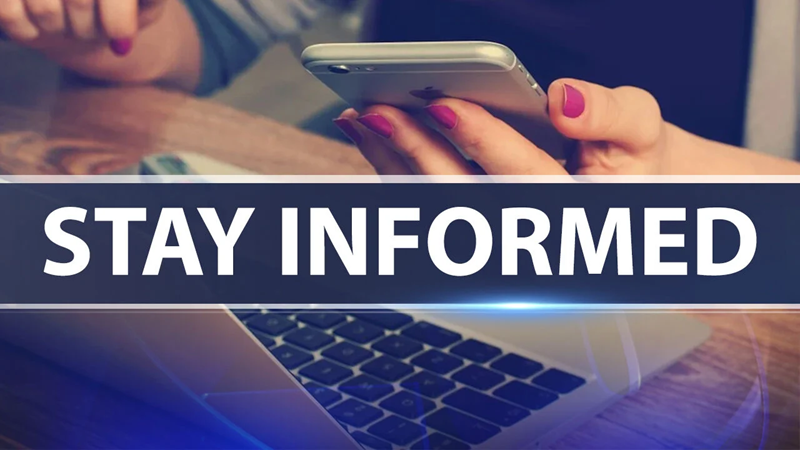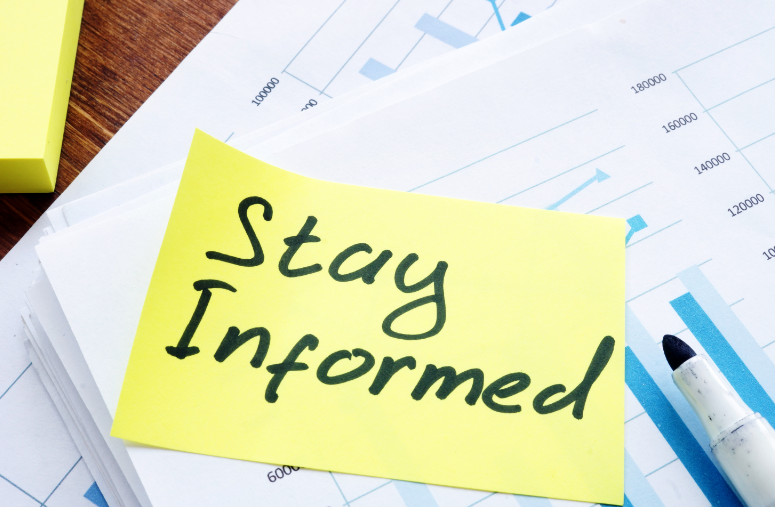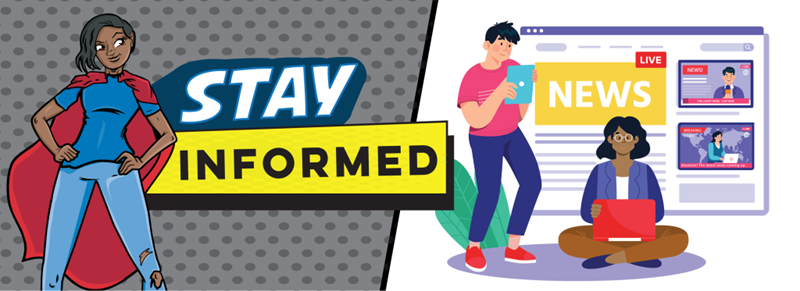Staying informed about discussions in which you are mentioned is essential for understanding the context in which your name is being brought up. By receiving alerts when you are @mentioned, you can stay up to date on the conversations happening around you and ensure that you are able to respond or clarify any misunderstandings.
This proactive approach allows you to actively engage in discussions that involve you, rather than being left in the dark. Additionally, being aware of when you are @mentioned can help you monitor your online presence and reputation, giving you the opportunity to address any concerns or issues that may arise. Overall, staying informed through alerts when you are @mentioned can help you navigate conversations in a more informed and strategic manner.

How to Enable Notifications for @Mentions
Enabling notifications for @mentions is a useful feature that allows you to stay informed and engaged with conversations on various platforms. To enable notifications for @mentions, you usually need to go to the settings section of the app or platform you are using. From there, you can select the option to receive notifications for @mentions.
This will ensure that you are notified whenever someone mentions you in a comment, post, or message. By enabling notifications for @mentions, you can stay up to date with relevant conversations and respond promptly when needed. This feature can be particularly beneficial for businesses and brands who want to monitor their online presence and engage with their audience effectively.
Additionally, enabling notifications for @mentions can help you stay connected with friends and colleagues, making it easier to collaborate and communicate in real-time. Overall, enabling notifications for @mentions is a simple yet effective way to enhance your online experience and stay connected with the people and conversations that matter to you.
The Benefits of Being Notified
Being notified of important information or updates can provide numerous benefits in various aspects of life. Firstly, staying informed allows individuals to make better decisions and take necessary actions in a timely manner. Whether it’s a change in schedule, a safety alert, or an important announcement, being notified ensures that individuals are aware of what is happening around them.
This can help prevent misunderstandings, avoid conflicts, and ultimately lead to smoother interactions with others. Additionally, being notified can also enhance productivity and efficiency. By receiving timely notifications about tasks, deadlines, or upcoming events, individuals can better prioritize their time and resources, leading to improved time management and overall success.
Furthermore, being notified can also contribute to personal growth and development. Whether it’s receiving feedback on performance, updates on industry trends, or notifications about educational opportunities, staying informed can help individuals stay ahead of the curve and continuously improve themselves. Ultimately, being notified is a valuable tool that can empower individuals to make informed decisions, stay organized, and achieve their goals.

Managing Your Notification Preferences
Managing your notification preferences is an important aspect of maintaining control over your digital life. With the constant barrage of notifications from various apps and platforms, it can be overwhelming to keep up with them all. By taking the time to review and adjust your notification settings, you can ensure that you are only receiving the notifications that are truly important to you.
This can help reduce distractions and improve your overall productivity. It’s also important to consider the impact that notifications can have on your mental health. Constant notifications can contribute to feelings of stress and anxiety, so it’s crucial to tailor your preferences to suit your individual needs. Additionally, managing your notification preferences can also help protect your privacy.
By limiting the notifications you receive, you can reduce the amount of personal information that is shared with third parties. Overall, taking the time to manage your notification preferences is a simple yet effective way to take control of your digital experience and create a more streamlined and enjoyable online environment.
Best Practices for Using @Mentions
When using @mentions, it is important to follow certain best practices to ensure effective communication and collaboration. First, it is crucial to only tag individuals who are directly relevant to the conversation or topic at hand. Tagging unnecessary or unrelated individuals can clutter the conversation and create confusion.
Additionally, it is important to use @mentions sparingly to avoid overwhelming the individual with notifications. Only tag someone when their input or response is truly needed. Furthermore, it is essential to be clear and concise in your message when using @mentions. Clearly state why you are tagging the individual and what you need from them. This will help the individual understand the purpose of the mention and respond accordingly.
Finally, it is important to be respectful when using @mentions. Avoid tagging individuals in a confrontational or negative manner, as this can create tension and hinder productive communication. By following these best practices, you can ensure that @mentions are used effectively and contribute to successful collaboration and communication within your team or organization.

Troubleshooting Notification Issues
Troubleshooting notification issues can be a frustrating task for many individuals, as it can be difficult to pinpoint the root cause of the problem. There are a variety of potential issues that can arise when it comes to receiving notifications on devices such as smartphones and computers. One common issue is a misconfiguration of notification settings, which can prevent notifications from being delivered properly.
This can happen if the user accidentally turns off notifications for a specific app or if the device’s Do Not Disturb mode is enabled. Another potential issue is a lack of internet connection, as notifications typically rely on a stable internet connection to be delivered in real-time. Additionally, software bugs and glitches can also cause notification issues, as they can interfere with the proper functioning of the notification system.
To troubleshoot notification issues, it is important to first check the device’s notification settings to ensure that they are configured correctly. If notifications are still not being received, it may be helpful to restart the device or check for software updates that may address any underlying bugs or glitches. In some cases, resetting the device’s network settings or reinstalling the problematic app may also help resolve notification issues.
Overall, troubleshooting notification issues requires patience and persistence, as it may take some trial and error to identify and resolve the underlying problem. By following these steps, individuals can hopefully restore the proper functioning of their notification system and ensure that they do not miss any important alerts or updates.
